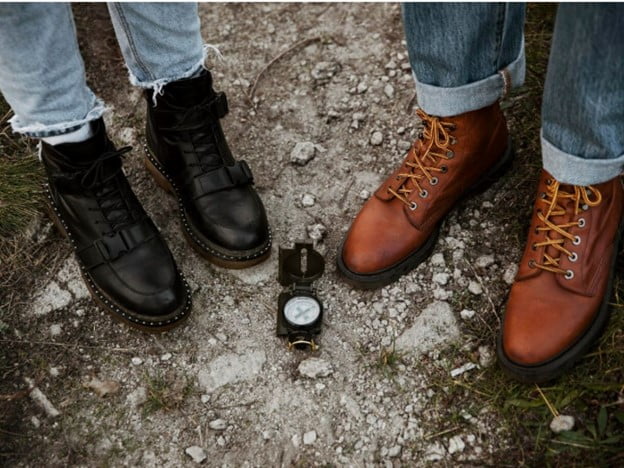The production of shoes is an intriguing example of the fusion of creativity with accuracy. There are a few stages engaged with taking a thought from paper to a completed set of shoes, and they all add to the shoe's quality and style. Gaining a better gra ...

